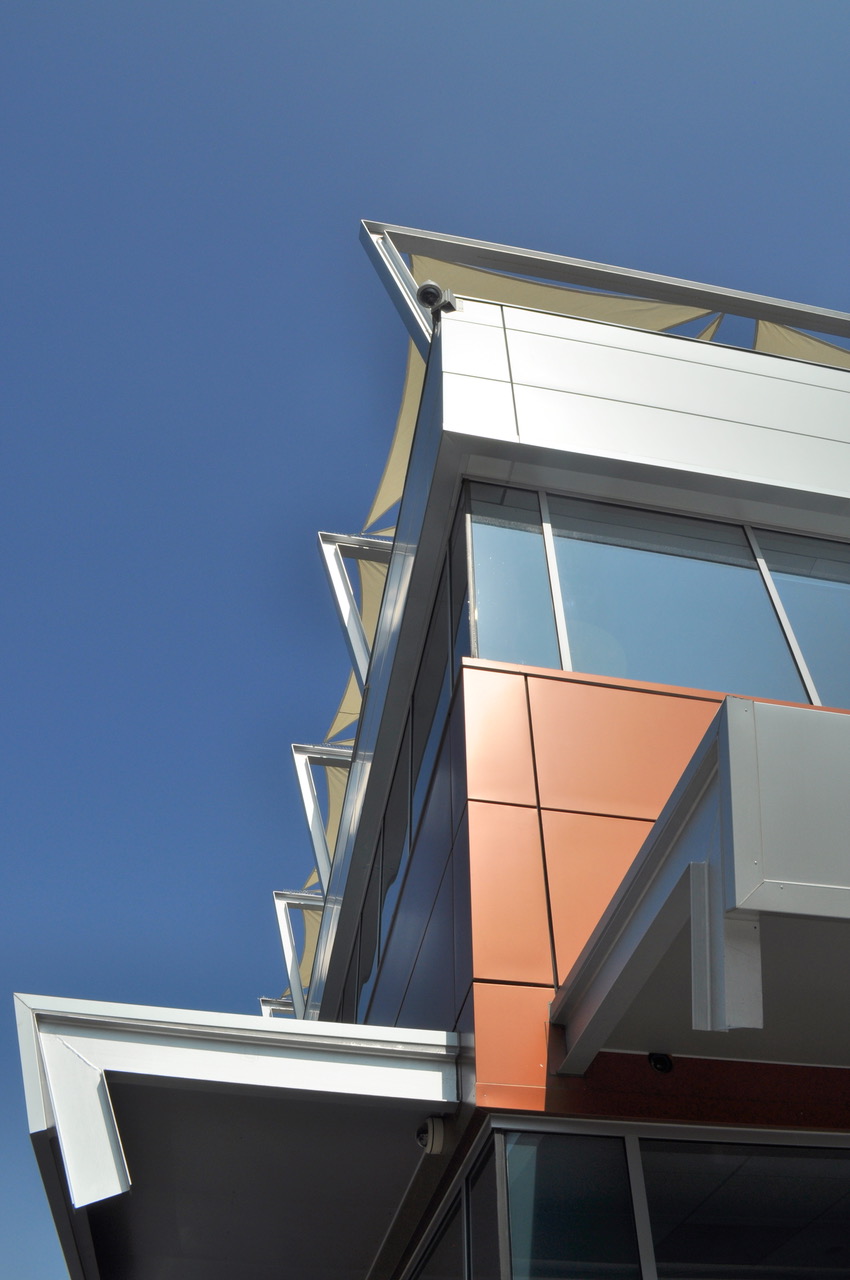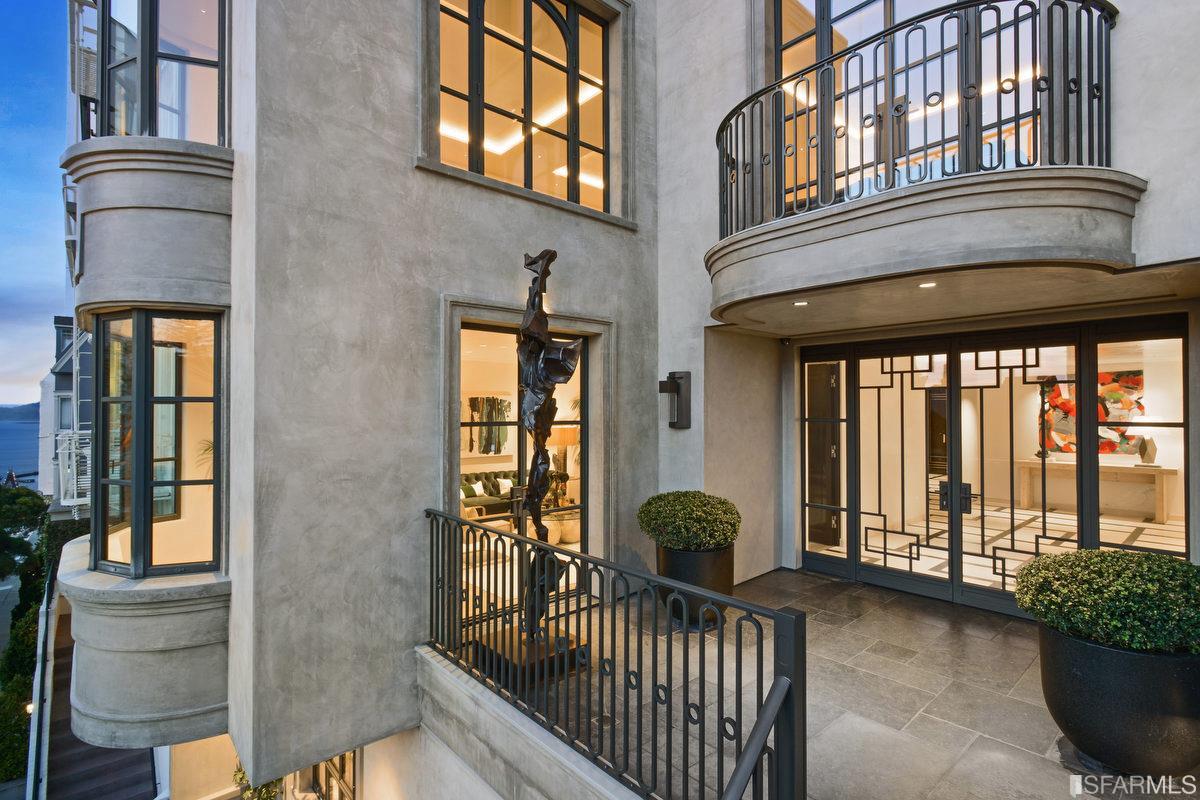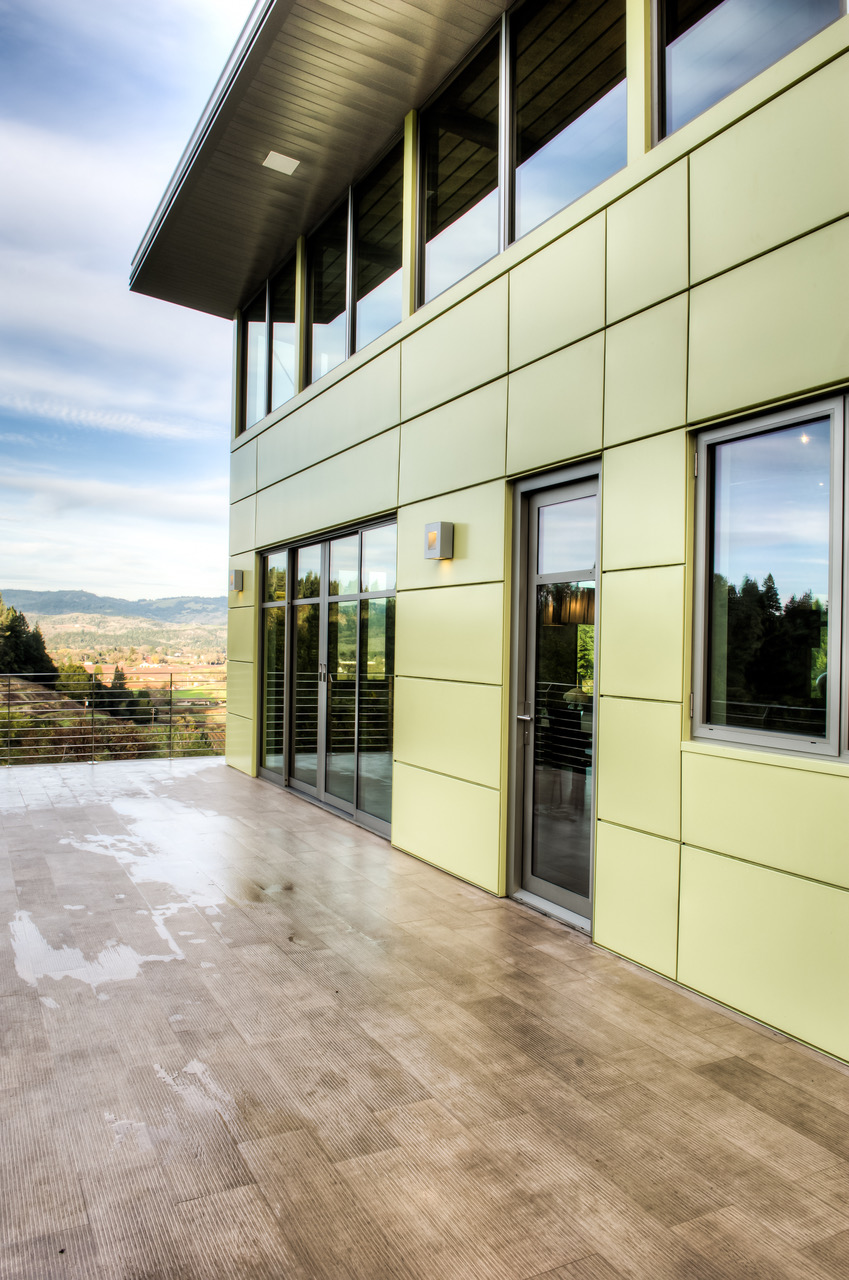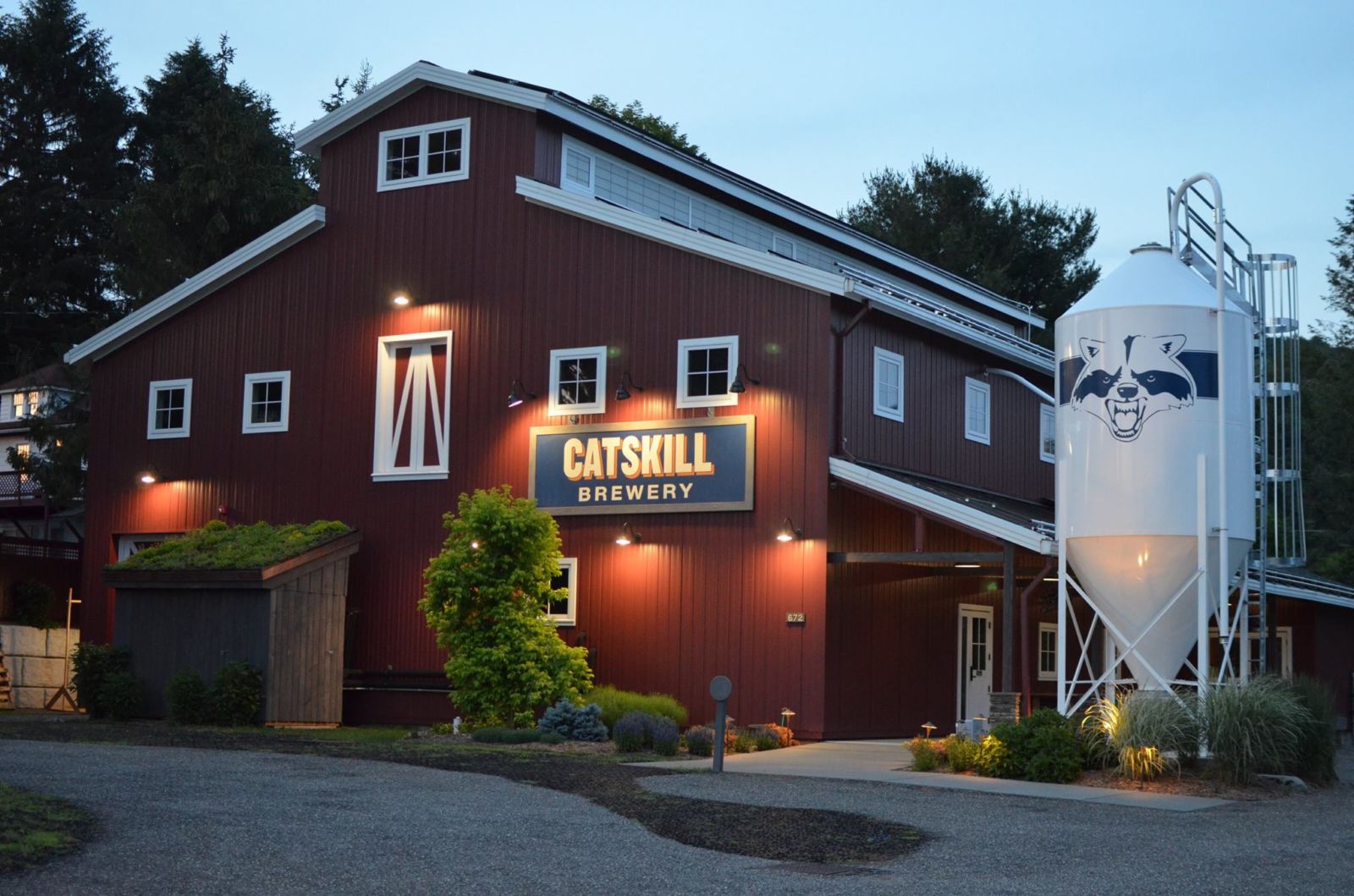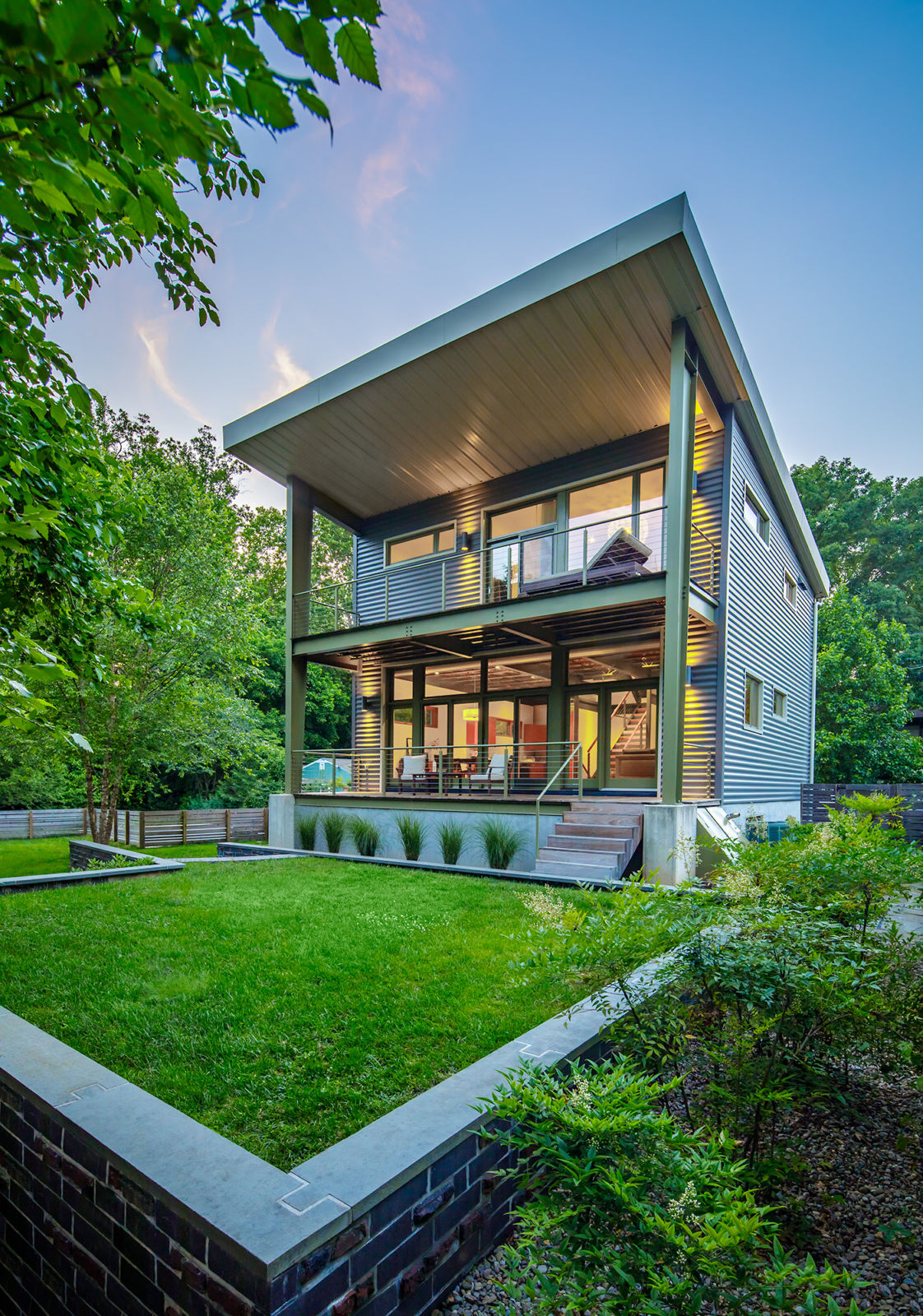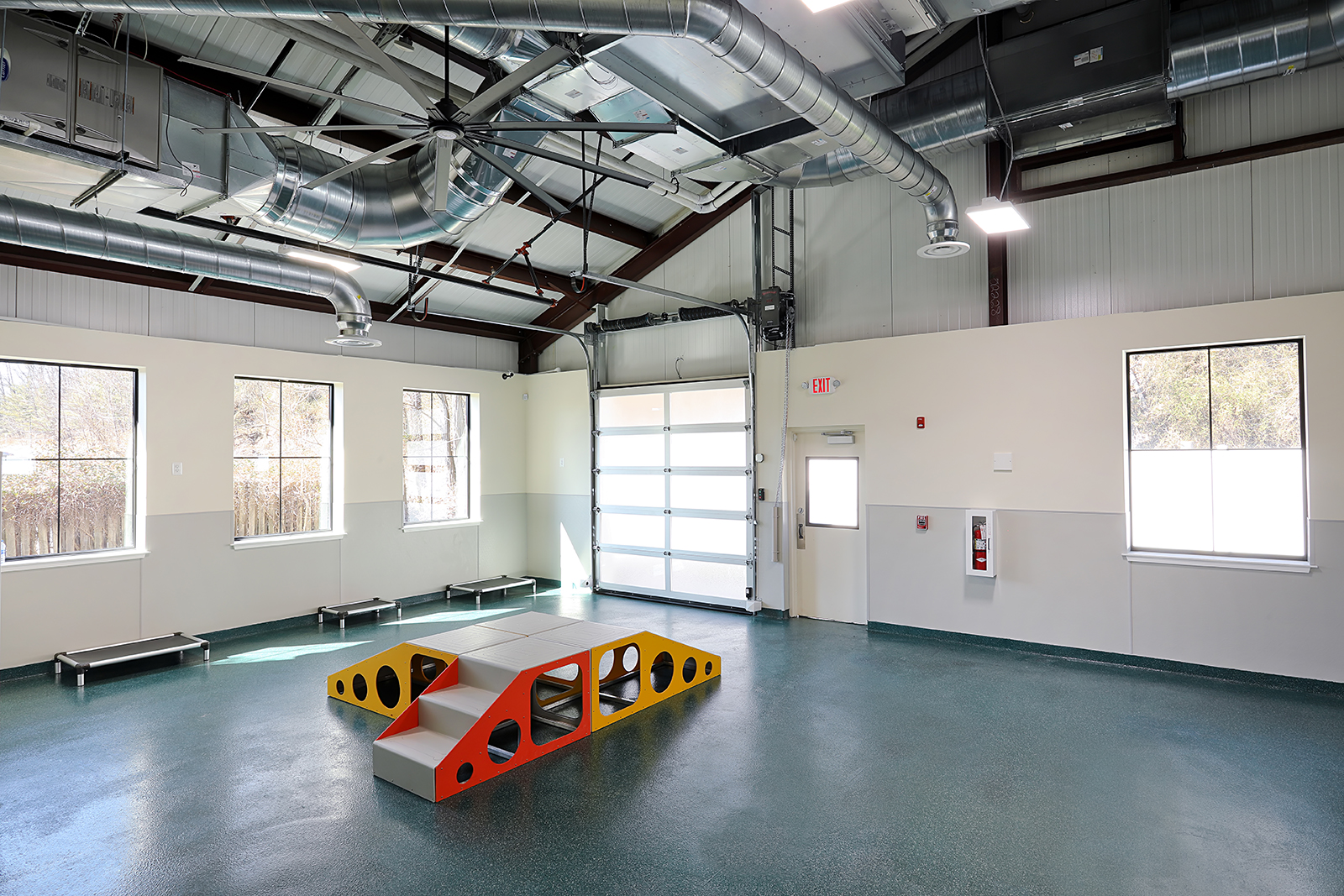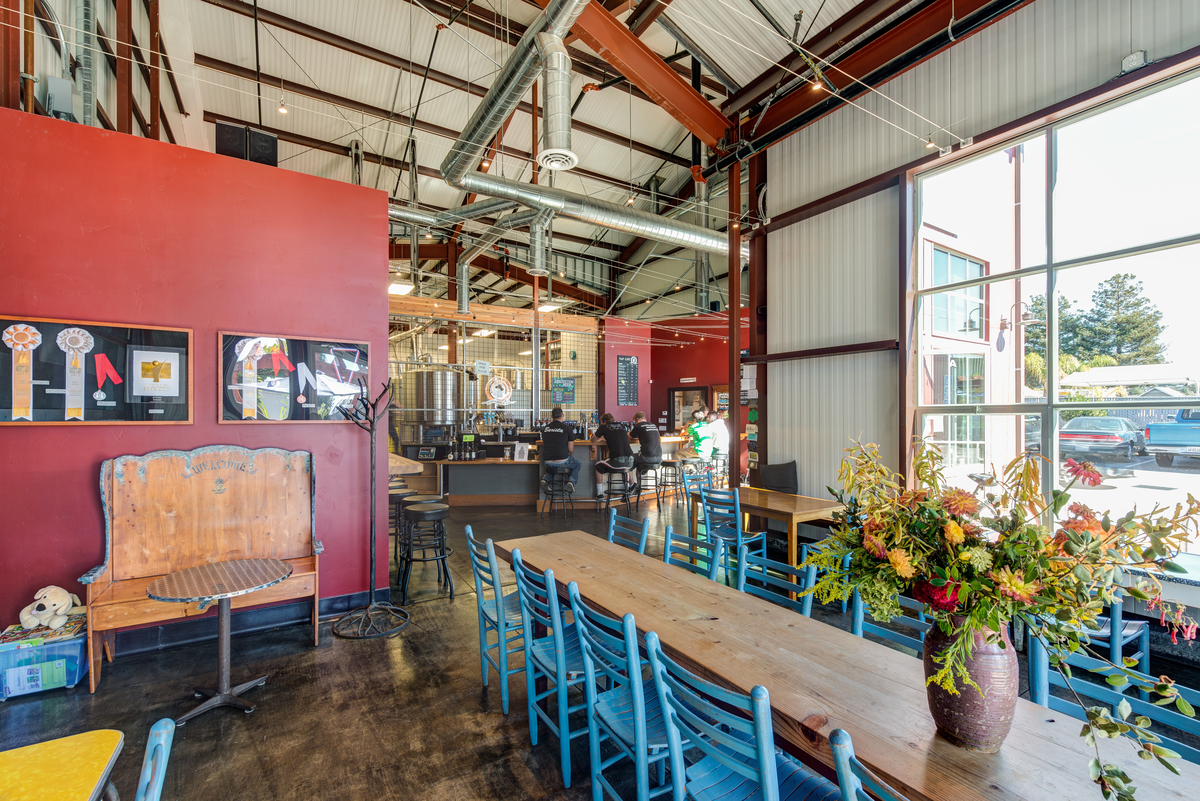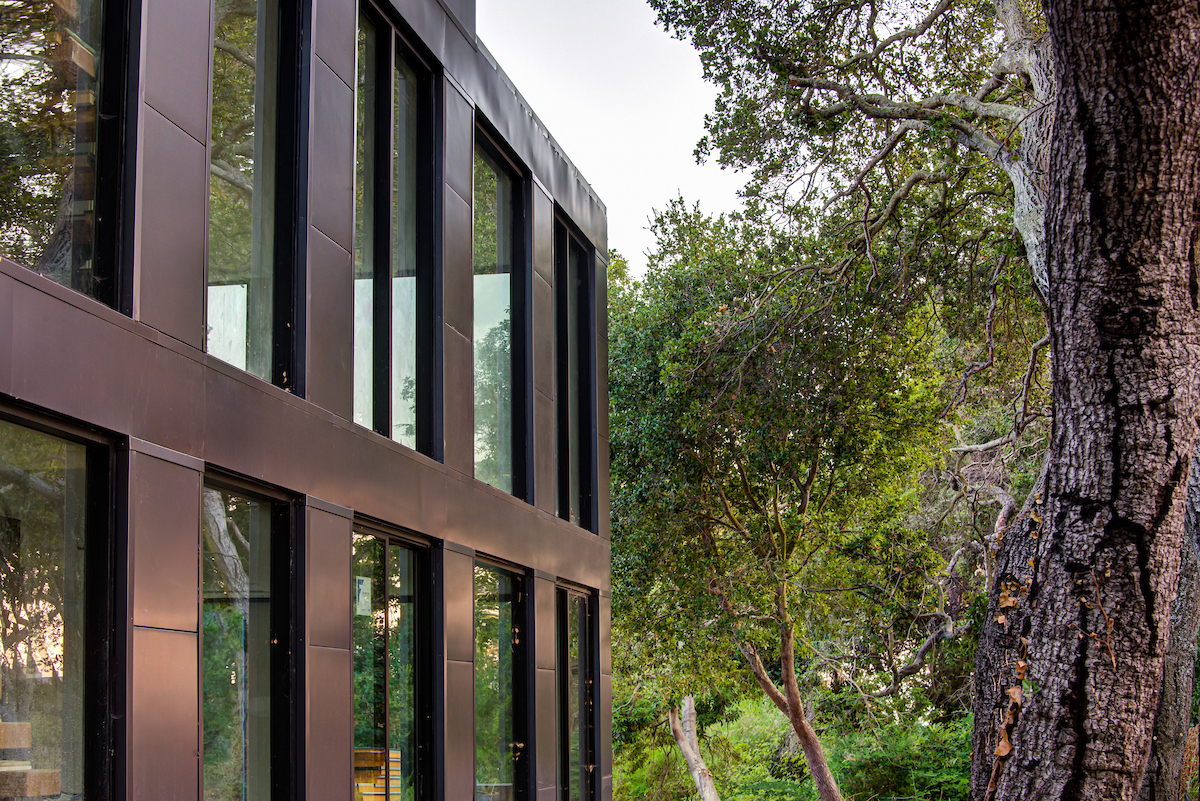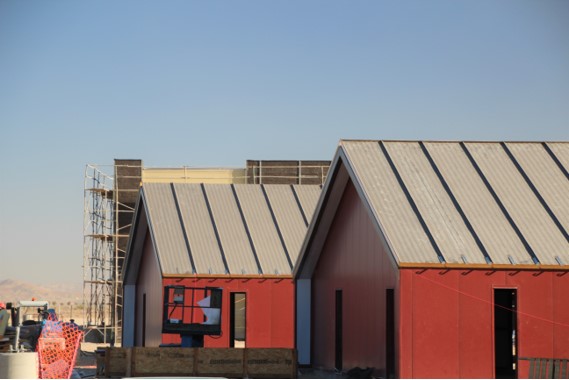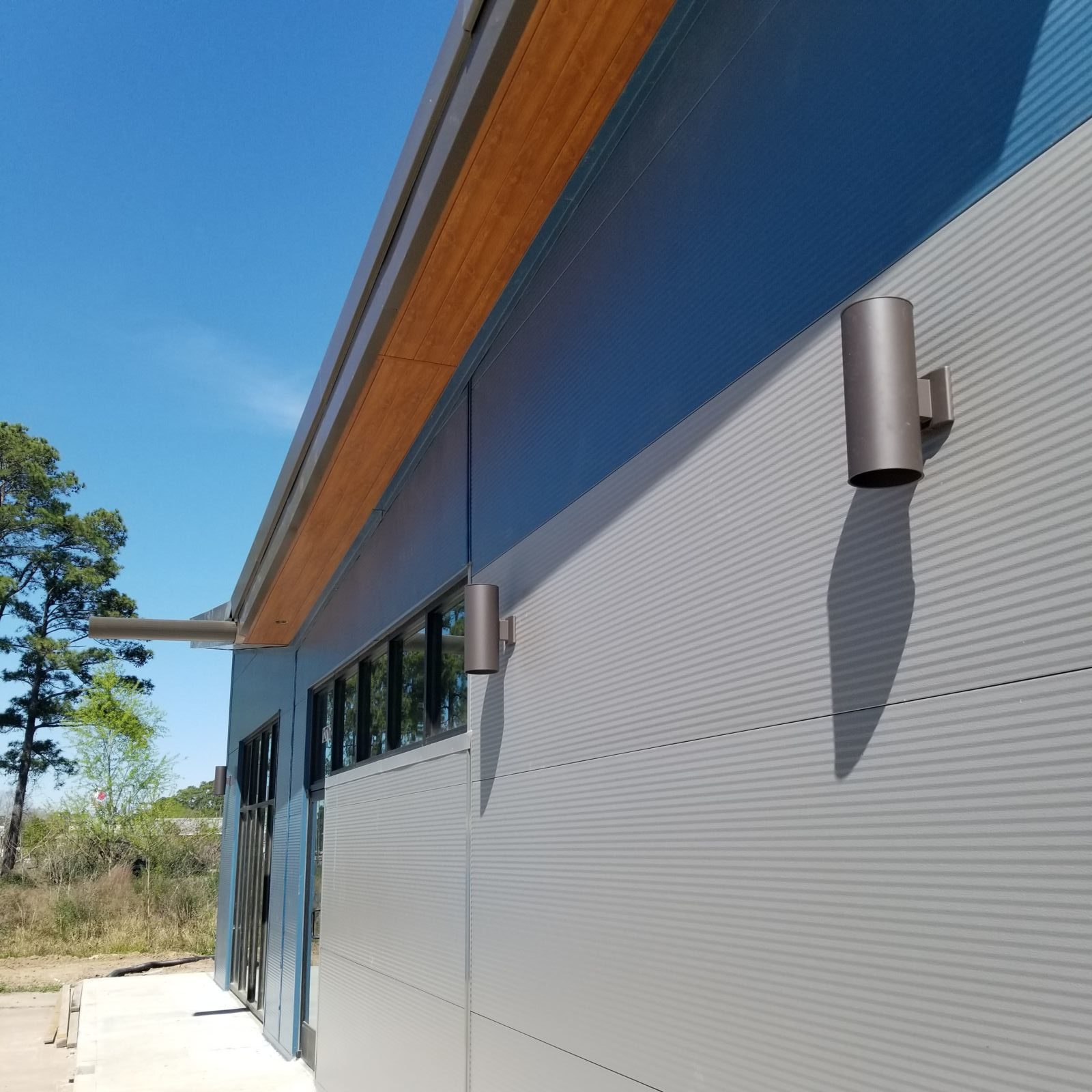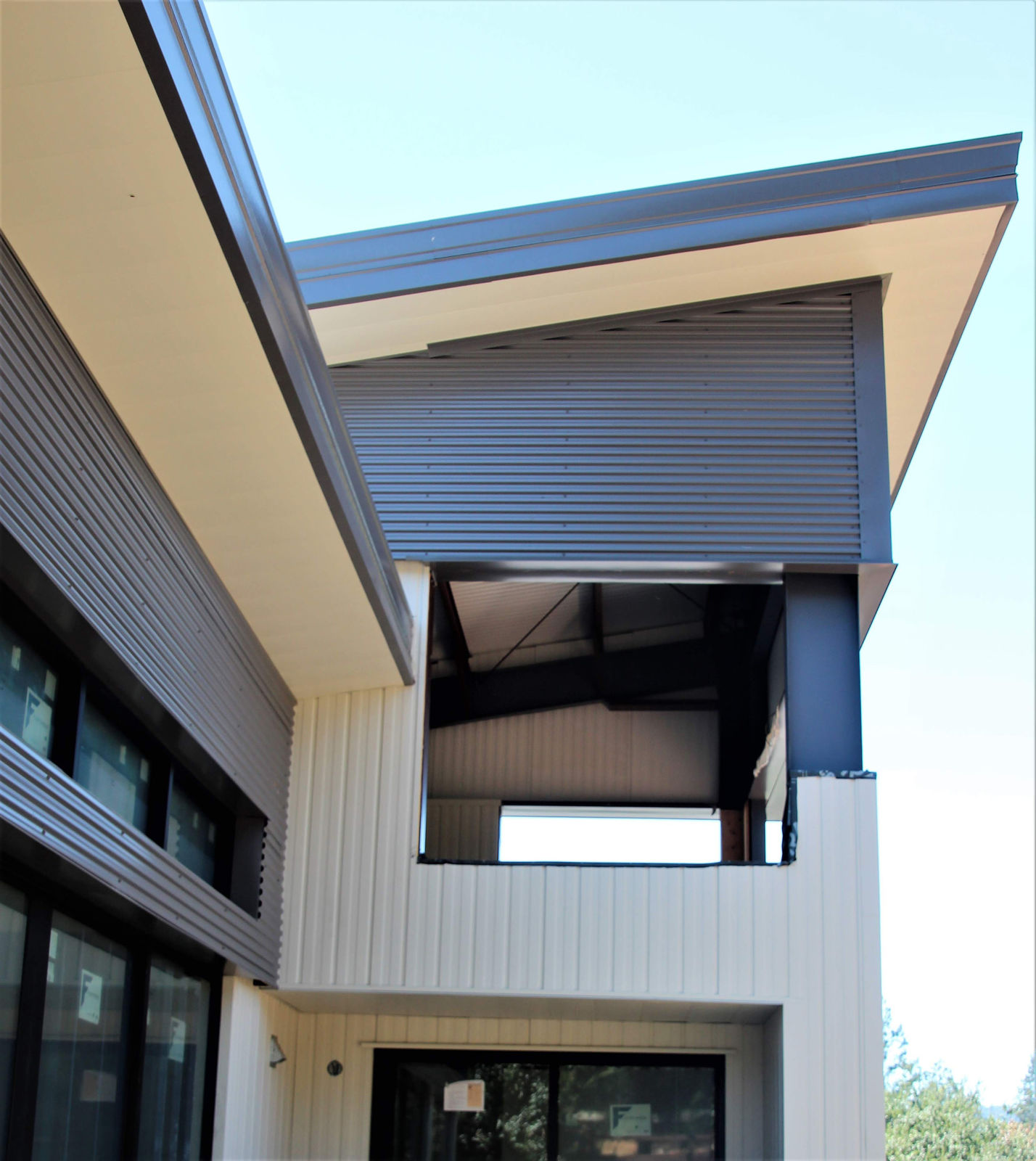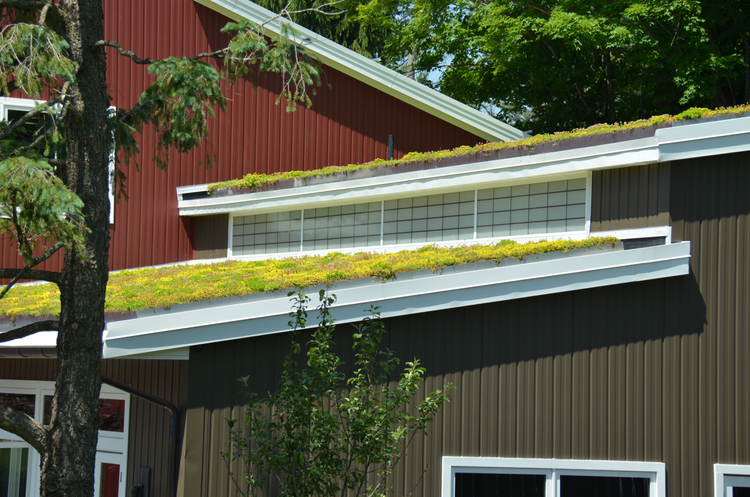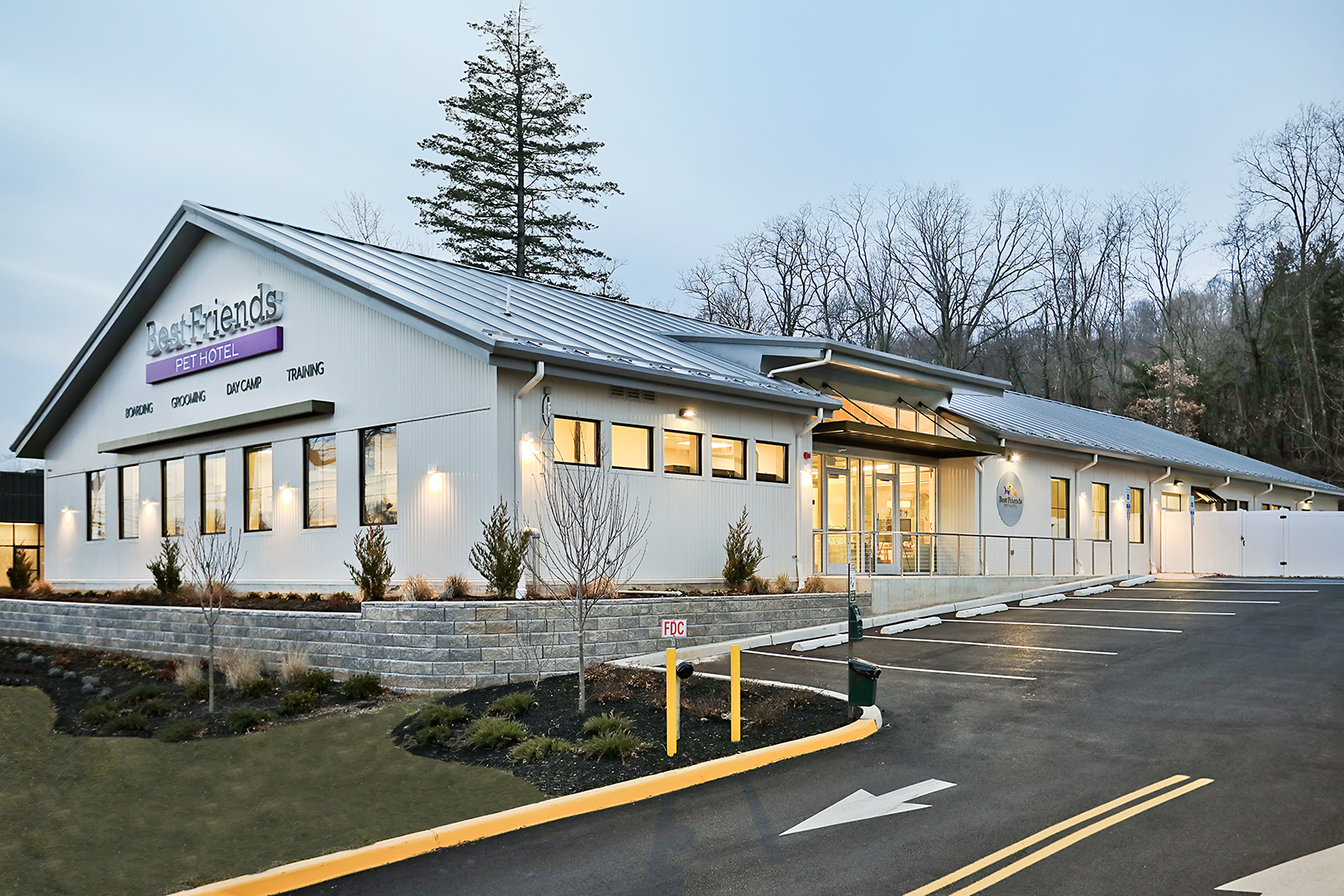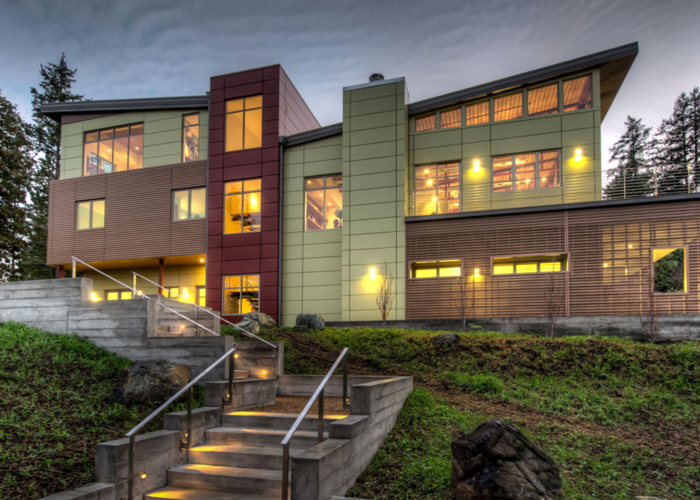The Future of Commercial Construction: Why Steel Is Taking the Lead
𝗜𝗻𝘁𝗿𝗼𝗱𝘂𝗰𝘁𝗶𝗼𝗻: 𝗔 𝗡𝗲𝘄 𝗘𝗿𝗮 𝗶𝗻 𝗖𝗼𝗺𝗺𝗲𝗿𝗰𝗶𝗮𝗹 𝗖𝗼𝗻𝘀𝘁𝗿𝘂𝗰𝘁𝗶𝗼𝗻
Commercial construction is all about building faster, stronger, and smarter structures rather than just erecting them in today’s fast-paced environment. The need for novel materials that can meet stricter deadlines, sustainability objectives, and long-term performance is growing as industries change. Enter the competition between pre-engineered steel buildings and conventional tilt-up concrete structures.
Because of its apparent cost-effectiveness and structural stability, tilt-up concrete—which is characterized by its huge wall panels and on-site casting—has traditionally been preferred for specific commercial projects. However, more effective options are now available due to its drawbacks, which include labor intensity, weather-dependent building timelines, and limited flexibility.
On the other hand, pre-engineered steel structures are changing the commercial construction market. These prefabricated systems drastically save build timeframes, waste, and labor expenses by arriving on site. In addition to being rapid to erect, they provide unparalleled architectural flexibility, energy efficiency, and sustainability—elements that are highly prized in contemporary developments.
Pre-engineered steel is quickly catching up as companies look for durable and economical building techniques. Because of its unique combination of strength, speed, and performance that is focused on the future, the question of whether steel is superior has been replaced with the question of when everyone else will catch up.

What Are Pre-Engineered Steel Buildings?
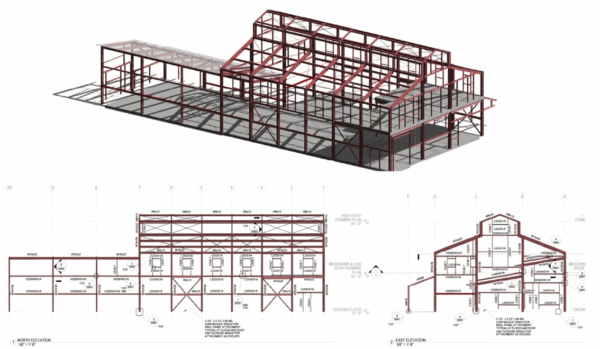
Modern structural solutions known as pre-engineered steel buildings (PEBs) are created and manufactured off-site through a highly effective procedure. The main steel frame, minor components like girts and purlins, and external panels make up these structures, which are all designed to exactly fit together. Each part is prepared for quick assembly at the construction site by being pre-cut, pre-drilled, and pre-welded.
PEBs use sophisticated software and a simplified design process, in contrast to traditional steel structures, which are frequently custom-fabricated on-site. Without the delays of conventional building, engineers are able to optimize materials, minimize waste, and guarantee high structural integrity. PEBs are a more reliable and expedient option than tilt-up concrete systems, which necessitate big on-site pours, expensive lifting equipment, and longer curing times.
One of the biggest advantages of pre-engineered steel buildings is their flexibility. Whether for warehouses, retail centers, schools, or office spaces, they can be customized to meet aesthetic, functional, and sustainability requirements. Additionally, their lightweight yet durable composition simplifies transportation and minimizes foundation loads.
In short, pre-engineered steel buildings explained simply are a smarter, faster, and more cost-effective way to meet modern commercial construction demands, making them the clear choice for forward-thinking builders and developers.
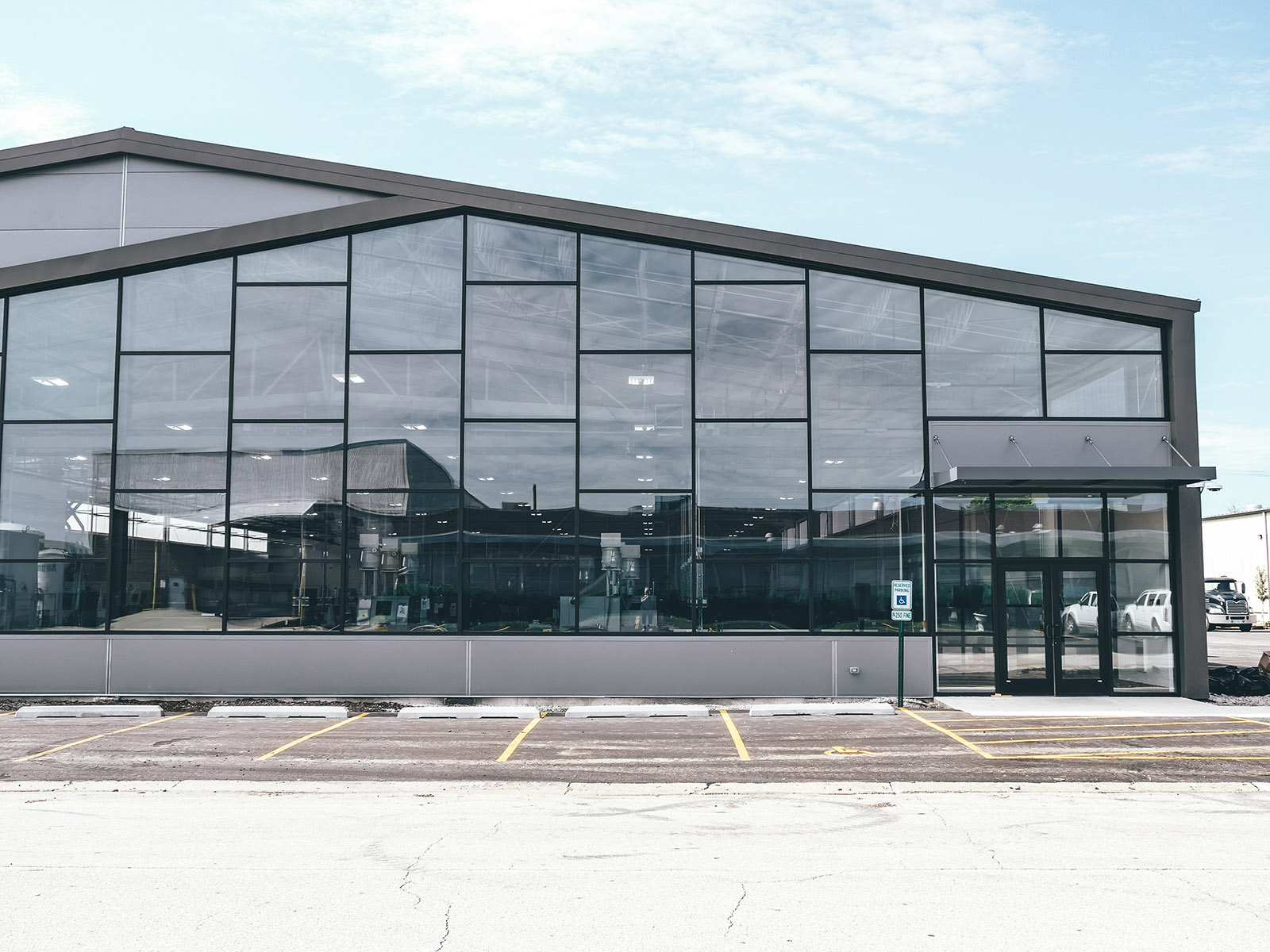
Speed of Construction: Steel’s Greatest Advantage

In commercial construction, time is more crucial than money since it generates momentum. Delays result in financial burden, lost opportunities, and lost revenue. Because of this, pre-engineered steel buildings are now preferred by developers who wish to move quickly without compromising quality.
Off-site pre-fabrication allows steel components to be precisely produced in controlled environments and shipped ready to assembly. There are fewer people on-site, weather delays are avoided, and timelines are greatly accelerated. However, because tilt-up concrete necessitates large crews, a protracted curing time, and extensive site preparation, it slows down practically every stage of the operation.
Real-world comparisons show that pre-engineered steel buildings can reduce construction time by 30% to 50% compared to tilt-up procedures. For example, a logistics company in Texas completed a 50,000-square-foot warehouse using steel in just 12 weeks, but a similar tilt-up concrete structure in the same area took almost 20 weeks to build.
In addition to greater occupancy, steel’s speed leads to lower overhead, a faster return on investment, and happier stakeholders. In a competitive market, faster commercial construction methods—like pre-engineered steel—are not only beneficial, but also necessary to keep an advantage.
Cost Efficiency Over the Project Lifecycle
When it comes to cost-effective commercial building methods, pre-engineered steel buildings consistently outperform tilt-up concrete across the entire project lifecycle. From the outset, steel systems reduce labor costs by arriving on-site pre-cut, pre-drilled, and ready for rapid assembly, eliminating many of the delays associated with formwork, curing time, and weather-sensitive materials used in tilt-up concrete.
Unlike concrete, which requires heavy equipment like cranes and specialized formwork, steel structures demand fewer resources and minimal machinery. This not only saves on rental and labor expenses but also speeds up construction, reducing overall project timelines.
The cost savings don’t end after construction. Steel buildings are easier to insulate and maintain, offering long-term reductions in energy bills and operational upkeep. Compared to concrete, which may crack, absorb moisture, and require repairs over time, steel proves to be a smarter financial investment.
Design Flexibility and Modern Aesthetics in Modern Commercial Steel Buildings
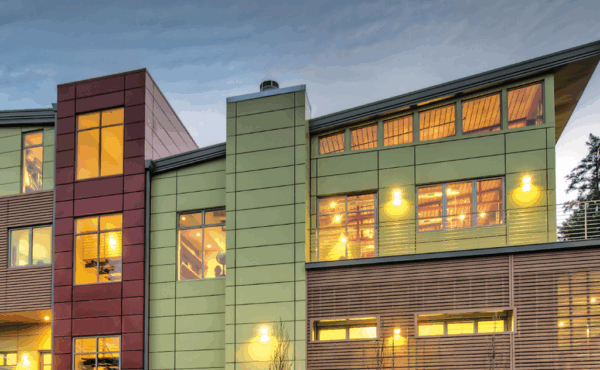
Pre-engineered steel buildings are redefining commercial architecture with unmatched design flexibility and sleek, modern aesthetics. Unlike tilt-up concrete, which is limited by mold constraints and rigid formwork, steel allows for vast column-free spaces, curved facades, and innovative rooflines that align with any brand vision. Whether you’re designing a retail center, tech office, or educational facility, steel adapts to unique structural and visual demands with ease.
More than just looks, modern commercial steel buildings seamlessly integrate with sustainable and smart building systems—think solar panels, high-performance insulation, and automated HVAC controls. This makes steel a perfect match for businesses focused on long-term efficiency and green building goals.
Steel’s clean lines, architectural versatility, and ability to support high-tech components make it the go-to choice for forward-thinking developers. As design trends evolve, steel stays ahead, offering both form and function in a sleek, future-ready package.
Sustainability and Energy Efficiency
Pre-engineered steel buildings are leading the charge in sustainable commercial construction, offering an eco-conscious alternative to tilt-up concrete. Steel is 100% recyclable without loss of strength, making it one of the greenest building materials available today. Many manufacturers use recycled content in the fabrication process, reducing the demand for raw materials. In addition to its recyclability, steel structures are highly compatible with modern energy-efficient upgrades. From advanced insulation systems to seamless integration with solar panels, steel buildings can easily meet or exceed LEED certification standards. Compared to tilt-up concrete, steel often boasts a lower embodied carbon footprint, especially when sourced responsibly. This makes pre-engineered steel an ideal choice for businesses looking to reduce long-term energy consumption and environmental impact. As sustainability becomes a key focus in the industry, steel stands out not just for its strength but for its contribution to a greener future.
Durability and Safety
When it comes to durable commercial building materials, pre-engineered steel stands out for its unmatched strength and resilience. Unlike tilt-up concrete, steel structures offer superior resistance to fire, termites, mold, and rot—making them ideal for long-term durability with minimal maintenance. In seismic zones, steel’s flexibility allows it to absorb shock without cracking, offering enhanced safety during earthquakes. Additionally, steel outperforms tilt-up concrete in harsh weather conditions. It resists the damage caused by freeze-thaw cycles, moisture infiltration, and extreme temperature fluctuations that often degrade concrete over time. This level of durability not only protects the structure but also reduces repair costs and insurance premiums. For developers seeking safety, longevity, and performance, pre-engineered steel is the clear choice for the future of commercial construction.
8. Common Myths About Pre-Engineered Steel—Debunked
One of the most persistent myths about steel buildings is that they’re boxy, bland, and lack architectural flair. In reality, today’s pre-engineered steel structures offer endless design possibilities—from sleek office complexes to eye-catching retail spaces. With advanced cladding options, glazing systems, and architectural finishes, steel buildings can be both functional and stunning. Another misconception is that tilt-up construction is always cheaper. While it may seem more affordable upfront, the steel vs. concrete construction facts reveal that steel wins over time. Pre-engineered systems reduce labor, material waste, and delays, lowering the total cost of ownership. Plus, with superior energy efficiency and minimal maintenance, steel buildings deliver long-term savings that concrete can’t match. Don’t let outdated assumptions cloud a future-forward construction decision.
𝗙𝗶𝗻𝗮𝗹 𝗩𝗲𝗿𝗱𝗶𝗰𝘁: 𝗪𝗵𝘆 𝗦𝘁𝗲𝗲𝗹 𝗜𝘀 𝘁𝗵𝗲 𝗦𝗺𝗮𝗿𝘁 𝗜𝗻𝘃𝗲𝘀𝘁𝗺𝗲𝗻𝘁
Future commercial development is being reshaped by pre-engineered steel buildings because of its unparalleled speed, cost effectiveness, sustainability, and design flexibility. Off-site fabrication and quick assembly have made it possible to finish projects that used to take months in a matter of weeks. Steel buildings are more cost-effective in the long run due to their higher energy efficiency, lower labor costs, and less waste than tilt-up concrete. Because of their versatility, they are perfect for the demands of contemporary architecture and developing building technology.
Steel building is entering a more intelligent and sustainable era thanks to advancements like AI-driven design and automation in prefabrication. Building better is more important than merely building faster.
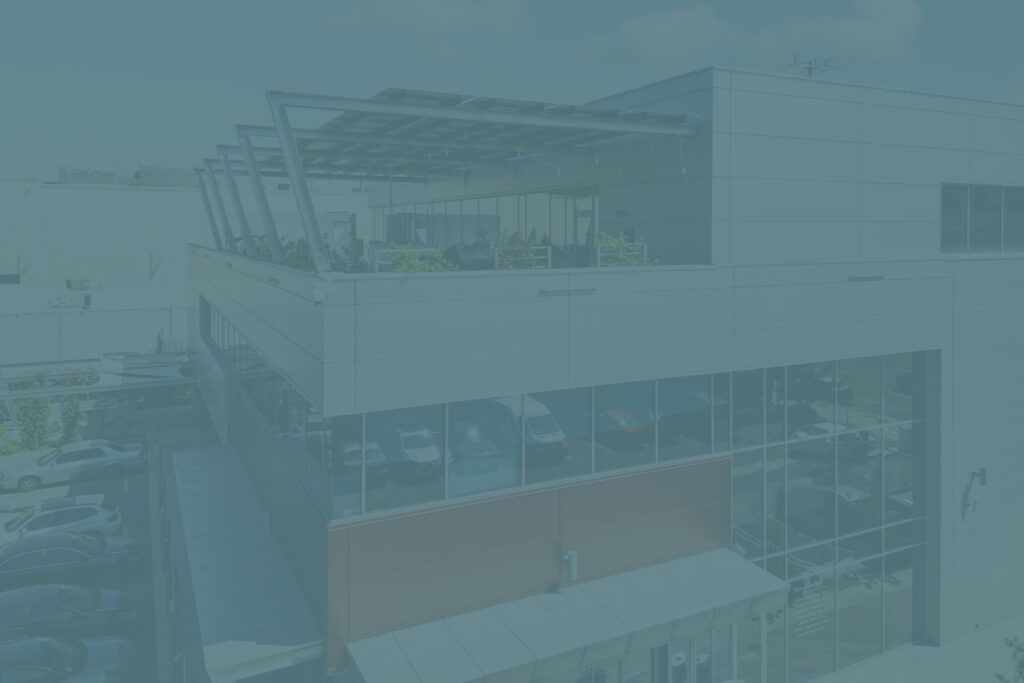
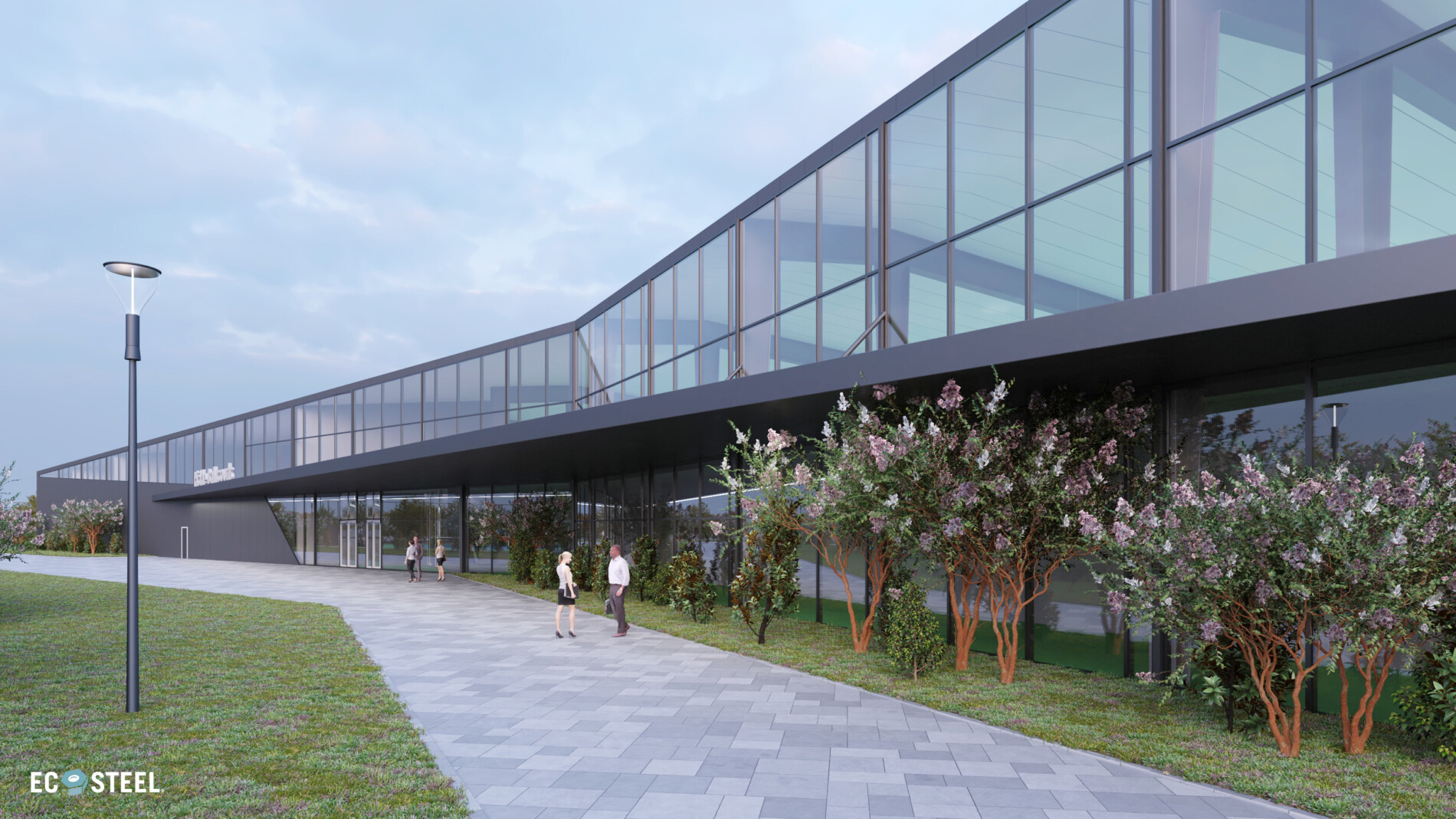
WHY ECOSTEEL?
EcoSteel building systems come in a variety of shapes and sizes, but at their core they all utilize a custom engineered structural steel frame and a high-performance insulated shell. From sub-zero temperatures to dry heat or high humidity, Mother Nature continually tests the limits of building envelopes. While our insulated wall panels are a popular option, sometimes they are substituted or combined with masonry, stone, pre-cast or tilt-up concrete, wood, glass or other architectural wall treatments. The versatility and flexibility of our building systems allows for a myriad of colors, shapes, textures and designs. Today’s building projects require the perfect combination of energy efficiency, creative versatility, and reduced construction cost.
